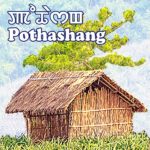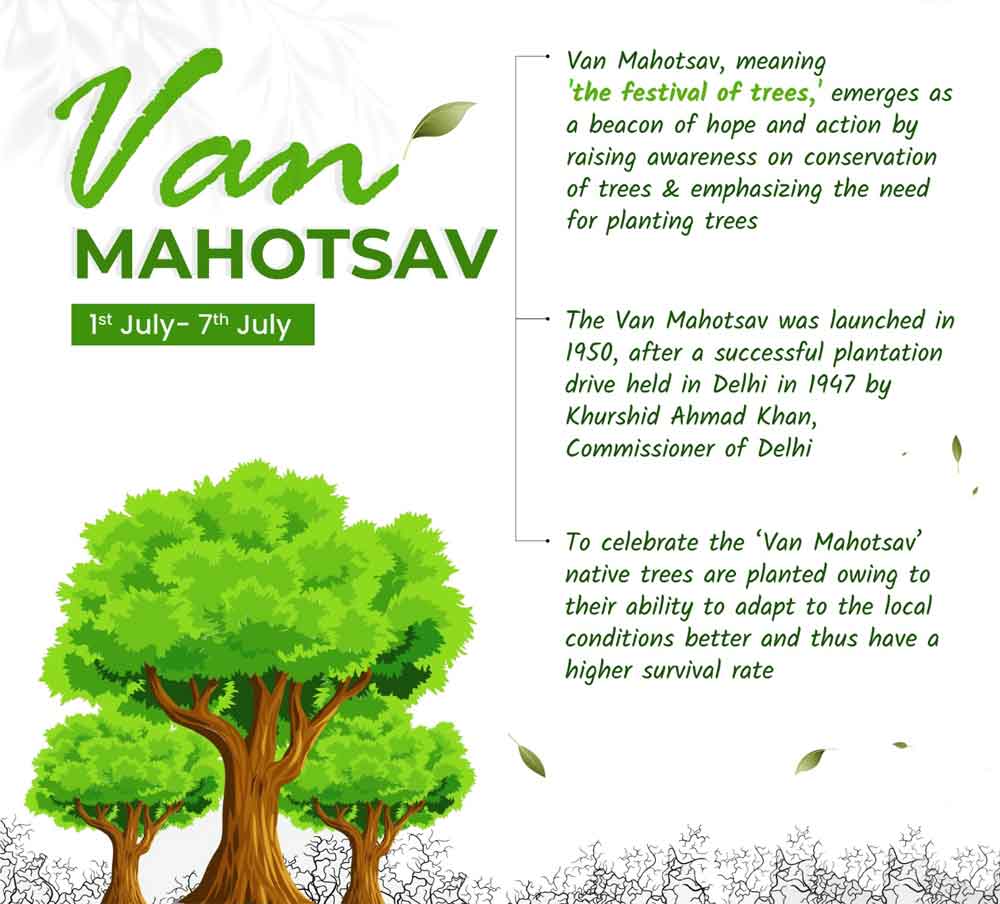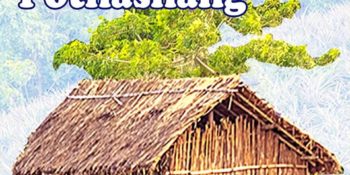N. Munal Meitei,
Environmentalist. Email- nmunall@yahoo.in

Van Mahotsav, the great festival of forest, celebrated from July 1 to 7 has the ambitions to save the mother Earth. In this festival, 1.43 billion citizens are purposed to plant a sapling to conserve the forests and for greening the motherland. This beautiful initiative surely save the pristine environment to which we all owe.
The theme for 2024: ‘Ek Paudha Maa Ke Naam’ is like to plant a tree in the name of our own beloved mother, alive or death and serve as if she is, and in inverse, as the mother looks after her children, we are also to look after the seedling to survive. It is also our traditional festival that reflects our culture and heritage to honour and love for the mother Earth. The slogan for this year is “Each One, Plant One”.
Van Mahotsav will have positive implications and draws the attention of billions of people across the world on importance of trees and motivates them to plant trees. Trees are magicians with carbon, pulling it out of the air at remarkable rates to store it in their bodies including the living wood, roots, leaves, deadwood, surrounding soils and its associated vegetation. They are so good at removing this greenhouse gas that “planting trees” is often synonymous with doing environmental benefits.
Woodland ecosystems are essentially storage machines for maintaining the equilibrium of climate, biodiversity, soil and living beings on the planet. Trees are nature-based; one of the most powerful weapons to solve all environmental crisis. But one of the biggest green-washing misconceptions is that tree planting is easy.
In fact, tree plantation is not so simple. For example, if we plant non-native species, they can become invasive, depleting water levels and damaging the ecosystem. If we plant monoculture, it create the ecological dead zones harming biodiversity, mainly because they don’t provide the necessary range of food, shelter and nutrients for the life to thrive in.
Globally, there are many organisations like World Economic Forum for planting one trillion trees initiative. Yet, despite the growing popularity of tree-planting, in many cases simply putting seedlings in the ground isn’t an ecological win. When people plant trees, the points to be noted; their survival, environmental impacts, ecological healing and future implications.
Indigenous species have had millions of years to adapt to their local environment to give the best co-existence. Again if we do not get the support from local communities, our planted trees may not survive. Hence we should think about, all repercussions before our planting trees.
Tree planting can capture carbon regardless of species or who plant it, it is hardly a silver bullet for the climate crisis – experts estimate that even if we maximized our available lands with trees, this alone would not be enough to counteract anthropogenic carbon emissions. Current afforestation rate is not even 1% of total felled down.
In forestry, there should be right tree in the right place, for the right reason. Generally, tree plantations tend to go for the same species for many years. But now we need to think for restoration of native forests with indigenous tree species.
Van Mahotsav is more than just a festival; it is a revolutionary movement toward a green and sustainable future. While greenery is around, it improve air quality, reduce temperature, support wildlife, enhanced beautification and promote health and well-being.
No life is possible on the earth without plants. Thus, Van Mahotsav is the festival of life, peace, hope and development. It creates the enthusiasm among masses on forest conservation and planting trees. Seeing the present day numerous environmental catastrophes, preservation of nature has become an integral part of life.
The planting of trees provides alternative fuel, increase food resources, creates shelter for biodiversity and wind-belts around the fields to increase productivity, decorative landscapes and conserves soil fertility etc. Trees provide fodder leaves and shades to increase the atheistic value of the landscape and also provide small poles and timber for housing and agricultural implements.
Van Mahotsav will help in increasing forest cover and promote fruit and timber trees from non-forests. Open fields, river banks and barren lands can be slowly converted into integrated tree land or semi forests or orchards. Finally through Van Mahotsav, we can bring back our lost forests.
Humans with their greedy have cut down globally the forest cover with the size of 40 football grounds per second numbering about 14 billion trees annually. This declining number has brought a major challenge in climate. So there is a dire necessity of Van Mahotsav festival all over the world to restore the forest cover on non-forest areas.
Manipur has become a vulnerable state to floods, droughts, heat waves, cyclones and many other natural disasters. This trend is increasing with each day. With continuous human intervention against nature, these disasters can no longer be considered ‘Natural’. The recent cyclone Remal, and flash floods in and around Imphal are the vivid warning signals.
Actually, the rainfall are more or less same but due to the large scale deforestation in the catchments, these flash floods were invited. Poppy and jhum cultivation in the hill districts are main causes for these environmental challenges. If the alternative solutions are not find out immediately, then we will face an irreparable environmental lost.
Now it is our turn to reverse back the damage that we have caused and to restore the ecological balance, the best way is planting trees and saving the existing forests. The Civil Societies, NGOs and Meira Paibis now need to involve in the mass tree plantation movements. We may also organize house to house tree plantation campaign.
Thus, in this Van Mahotsav -2024, let’s plant at least one tree by all the family members for sake of motherland and for a green Manipur.













